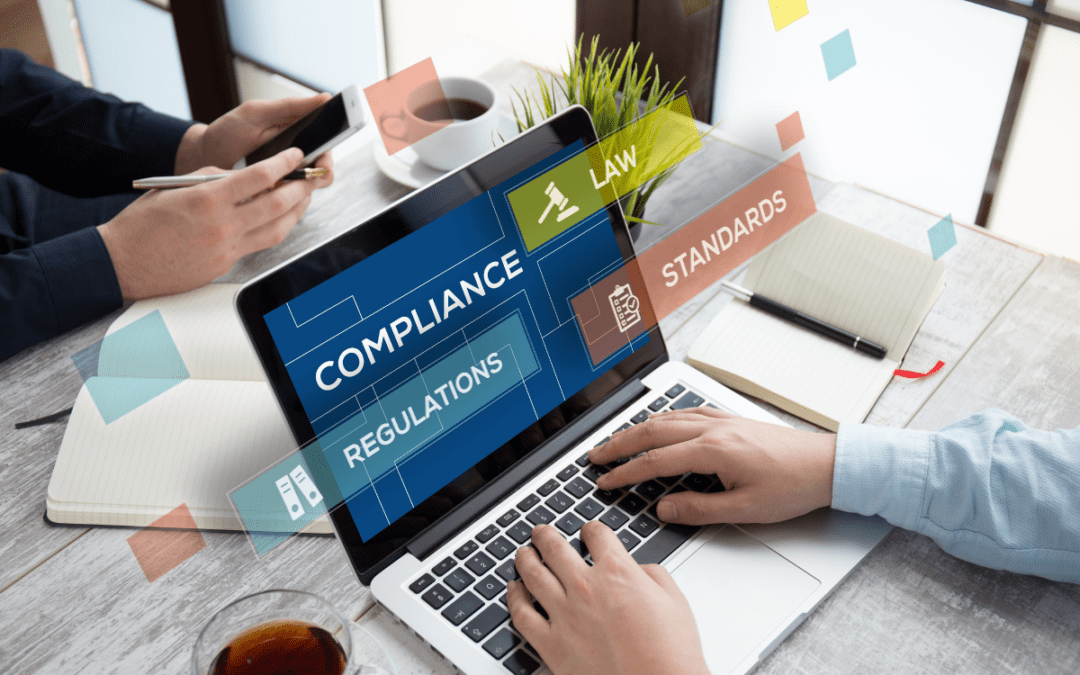Introduction
In today’s data-driven landscape, robust data governance is not merely an option but a necessity for organisations aiming to comply with global data protection regulations. Data Protection Authorities (DPAs) around the world mandate the maintenance of accurate and comprehensive records, underscoring the role of an Information Asset Register (IAR) as a cornerstone of effective data governance and protection strategies.
Understanding the Information Asset Register
An Information Asset Register is a detailed and dynamic tool that records all critical information about the data assets within an organisation. It typically includes:
- Information Asset Name: Identification of the asset.
- Vendor Name: The provider of the asset.
- Contract Location, Start and End Dates: Key contract details.
- Information Stored: Types of data held.
- Location of the Asset: Where the data resides.
- Special Category Data: Whether sensitive data is involved.
- Asset Owner: The responsible party within the organisation.
- Information Sharing: If and how data is shared externally.
- Inclusion in the ROPA (Record of Processing Activities): Compliance documentation.
- Risks of Data Breach: Potential impacts and vulnerabilities.
- Security Measures: Protections in place.
- Mobile Assets Containing Data: Tracking of portable devices.
- Mobile Asset Return Date: Management of device lifecycle.
- Date of Last Audit: Regularity and findings of audits.
- Data Breach History: Past incidents and responses.
- Completion of Breach Actions: Resolution and mitigation measures.
The Value of an Information Asset Register in Data Governance
Compiling an effective IAR enhances governance by providing a structured way to manage and monitor data assets systematically. It promotes transparency and accountability across all levels of the organisation by ensuring that every piece of data can be traced back to its source, managed effectively through its lifecycle, and protected according to the sensitivity and importance of the information it holds.
Accountability and Compliance
An accurate and comprehensive IAR demonstrates an organisation’s commitment to regulatory compliance and best practices in data management. It not only supports adherence to the General Data Protection Regulation (GDPR) and other global standards but also provides a clear framework for responding to audits and inspections by DPAs. If a DPA were to request information on specific software or data assets, a well-maintained IAR allows an organisation to respond quickly and confidently, showing that the details registered are current and correct.
Risk Management
The register helps in identifying and assessing the risks associated with each data asset. By understanding where data is stored, how it is protected, and who has access to it, organisations can better anticipate potential breaches and mitigate risks proactively. Moreover, in the event of a data breach, a detailed IAR accelerates the response process by allowing teams to quickly identify impacted assets and take necessary actions to contain and resolve the incident.
Enhancing Data Protection with Formiti Data Privacy Consulting
At Formiti Data International Ltd., we understand the criticality of data protection and the complexity of achieving and maintaining compliance with diverse global data protection laws. Our consultancy services are designed to support organisations in establishing, maintaining, and enhancing their Information Asset Registers as part of a comprehensive data governance framework. Clients of Formiti Data Privacy benefit from access to our exclusive Data Privacy Management Hub, which offers tools and resources tailored to streamline compliance processes and ensure effective data protection.
Conclusion
Maintaining an accurate and detailed Information Asset Register is indispensable for organisations seeking to ensure compliance and enhance their data governance practices. It is not just about satisfying regulatory requirements—it’s about fostering a culture of transparency, accountability, and security that can significantly contribute to the organisation’s overall data protection posture.

